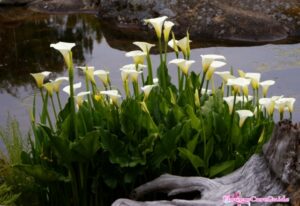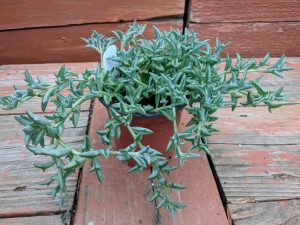Although camellias can tolerate surprisingly low temperatures in winter, they are not tough enough to adapt to the frost as well as freezing wind chill. Before the cold weather turn into the hard freeze, gardener should bring camellia inside. Camellia tolerance of cold temperature can increase if they are sheltered from cold winds during relatively short spells of 3 or 4 days of below freezing condition.

What to Do to Protect Camellia in the Hard Freeze
The term “hard freeze” is used to imply temperatures that are sufficiently cold for long enough periods. Gardener must prepare for camellia before the first hard freeze.
One of the most important steps at this stage is to water your plant thoroughly. This practice is to prepare a continuous moisture supplement for the roots during the hard freeze. If the root zone is not soaked, the root as well as the plant will lose water gradually through evaporation. This dehydration cannot be replaced because it is freezing and water is getting frozen easily.
After preparing required water for camellia, you must cover the soil around camellia to protect it from the cold weather. Organic material such as pine needles, straw, dry grass or bark chips are recommended. You can use anything to cover the ground but leaves.
A whole leaf can absorb and contain lots of water, when you use whole leaf to cover the ground on hard freeze, the plant root can be killed off by those thick, heavy and frozen leaves. Just in case you have nothing else, remember to cut leaves into small pieces before mulching the ground.
How to Get Camellia Rebound from Cold Damage
Having brown or dry spot on the foliage is the symptom of infected plants. Camellia becomes extremely vulnerable in the harsh freeze, even more problems arise under snowy conditions. For instance, winter burn is one of the most common disease which can cause significant cold damage to camellia.
This term “winter burn” is used to describe the damage from dehydrated plant tissues and occurs during winter when temperatures are frigid.
When your camellias experience this phenomenon, you cannot do anything to change it. The plant will simply recover by itself and refill the lost energy on spring or next summer. However, you can support camellia by giving them a dose of fertilization.

If this phenomenon causes damage or dead for the foliage, branches, wait until the late winter or early spring to remove them. Be careful when cutting off the dead or damage branches. Prune them but do not damage the place where two branches join each other. If you accidently damage the point-cut, you will make the situation worse and the plant will become even more vulnerable.
There are lots of varieties of camellia. Each of them requires different care. Some of them prefer to be pruned in fall not in spring. Also, when removing camellia cold damage, you can accidently cut off the flower. You must know which types of flower your plant belongs to. Just prune enough to remove the cold damage and do not cut the remaining until later in the season.
What Should Do to Avoid Cold Damage
There are many kinds of camellia; some of them are born to be disease resistance, so it already has a well-developed root system to fight against the harsh conditions. Chosing the varieties first will save your time. Coming to the local nursery, they will advise you which camellia varieties is the most suitable to your climate.



